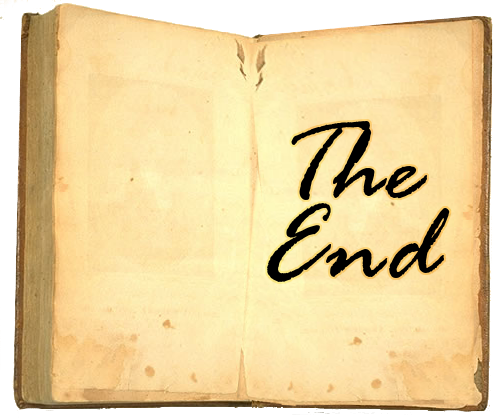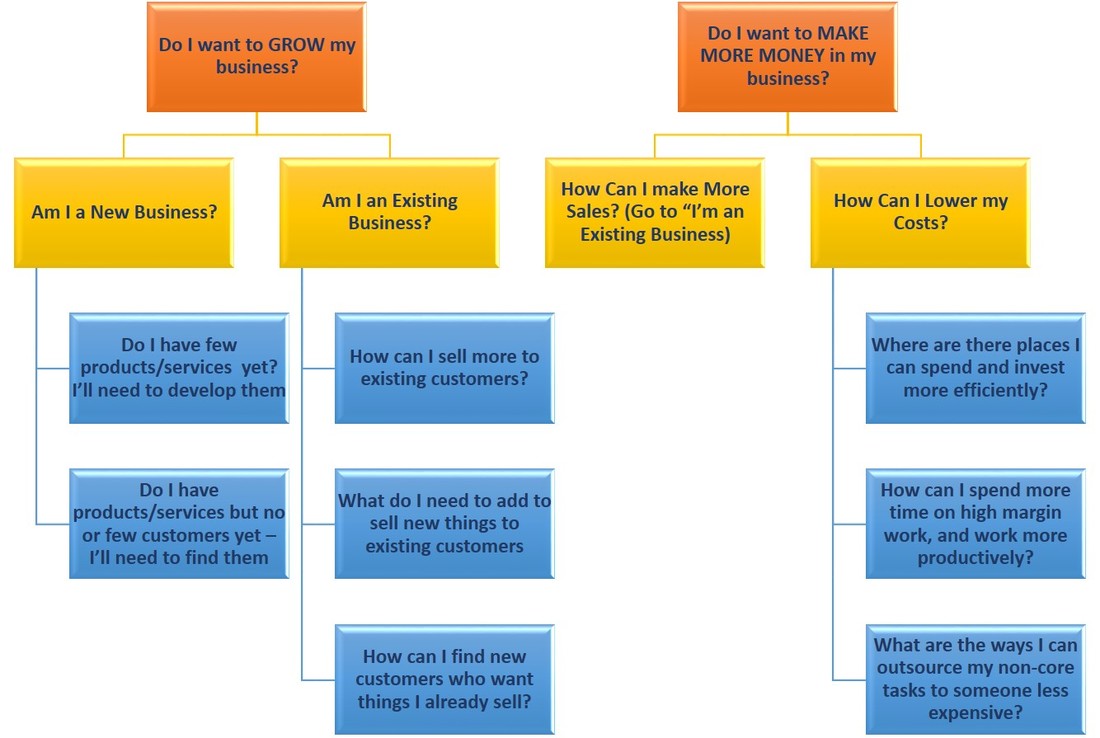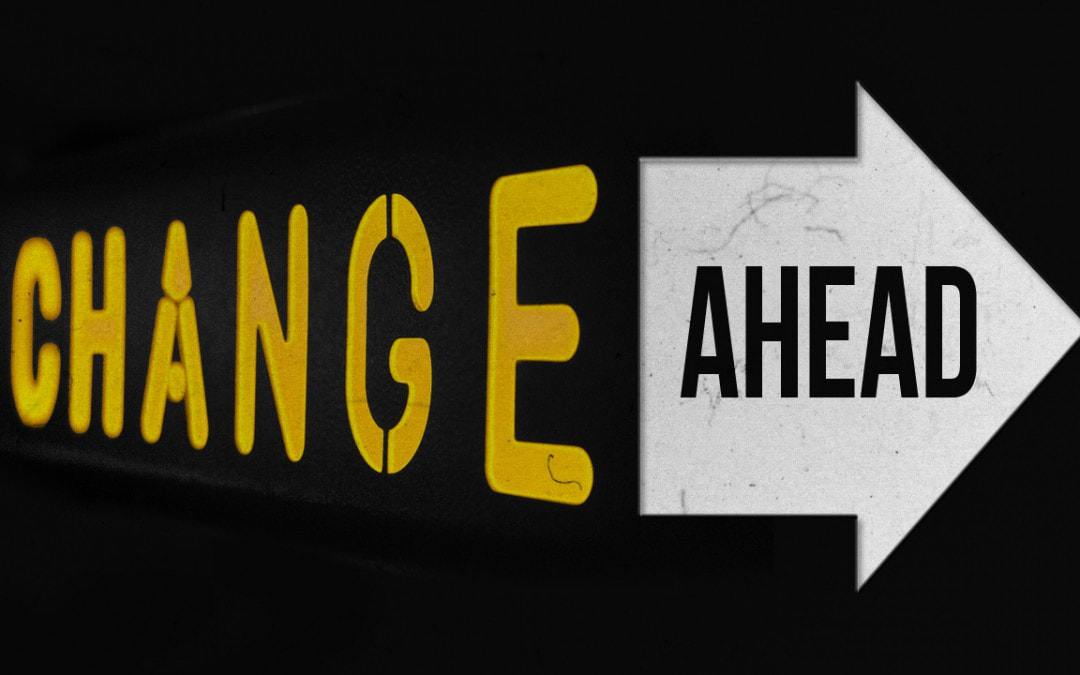This article was updated on January 16, 2020
“I’m buried in data. How can I make sense of it all?”
“When should I do research?”
“What’s the right way to answer these questions?”
Does any of this sound familiar? Over and over, we hear product managers, marketers, even CEOs, asking these questions. Over the past 19-plus years, we’ve helped hundreds of them get clarity by working backward from their end goal. This is the question we ask, to get started:
“What decision do you want to make?” or “What action can’t you take now, that you’ll be able to take if you have more clarity?”
Most often, if you can answer one (or both) of these, you’ll be in a much better position to map out the research you need. When you’ve answered them, you’ll know:
- When the decision or action must be taken (and from that, figure out how far in advance you’ll need to start the research).
- Whether you need to observe, have conversations, or do experiments to get the answers.
- What data is, and isn’t, relevant.
- Who needs to be involved.
You’ll be able to decide whether you can sort this out yourself, or if you need help. You’ll know if the answer needs to be quantified, with numbers (such as for a forecast), or if it needs a qualitative approach (getting your engineering team to see customers’ frustration as they try to use feature X). And you’ll waste less money, time, and effort getting something that’s useful, practical, helpful, and actionable.
Whatever your questions, we’re happy to work with you until you see everything you need.
I’m Megann Willson, and I’m the CEO and one of the Partners here at PANOPTIKA. Our company name means “see everything”, because we work with our clients to help them see everything they need to know to make better decisions that will help them find, know, and keep customers. You can also find us on LinkedIn, Twitter, and Facebook. For weekly insights to help you make better decisions, subscribe with the orange button, below.











